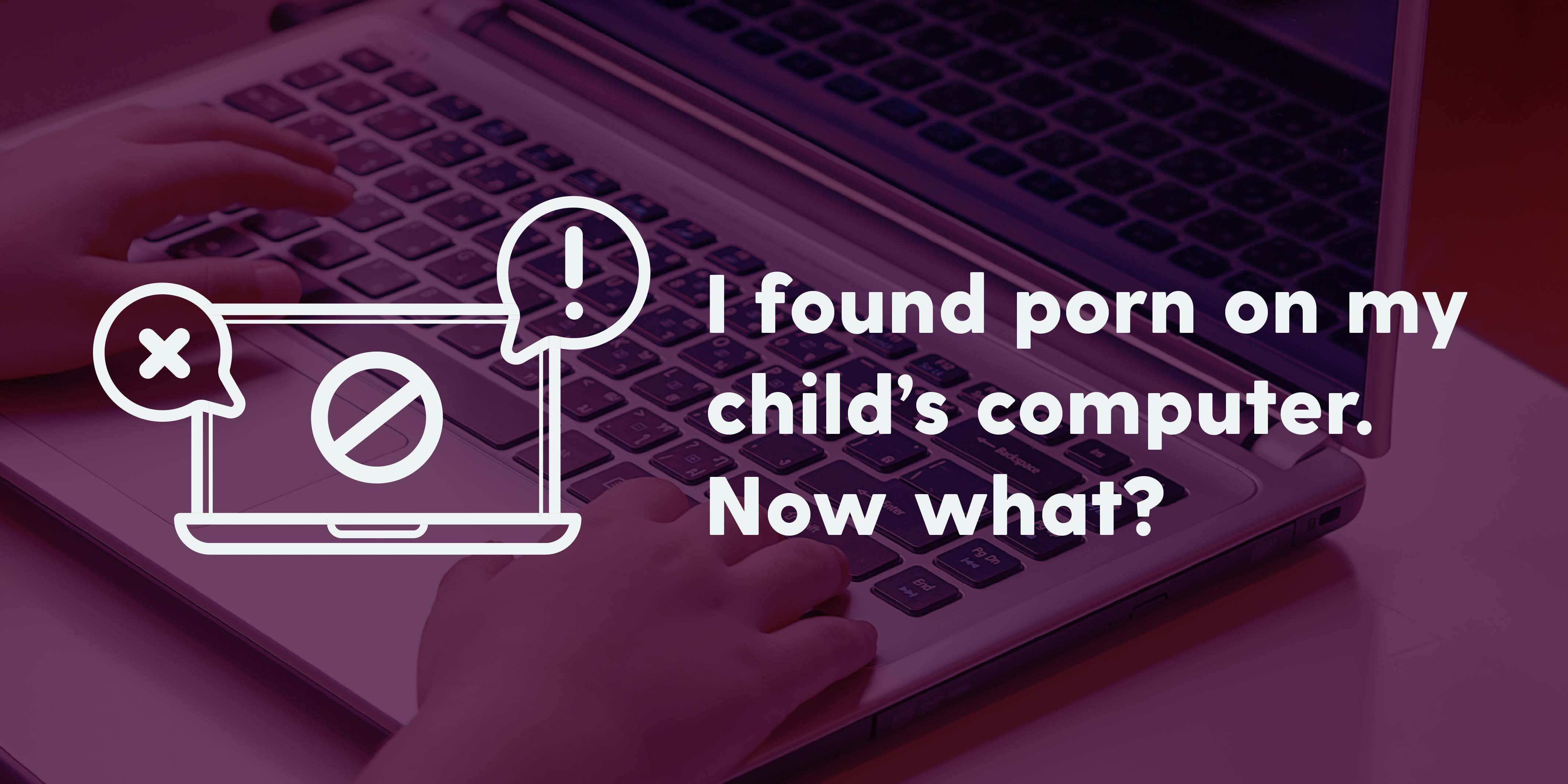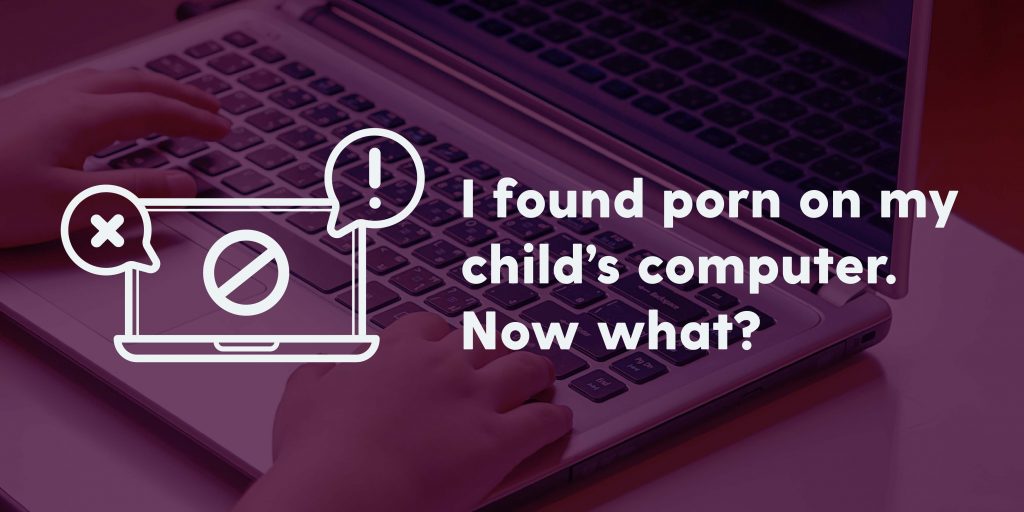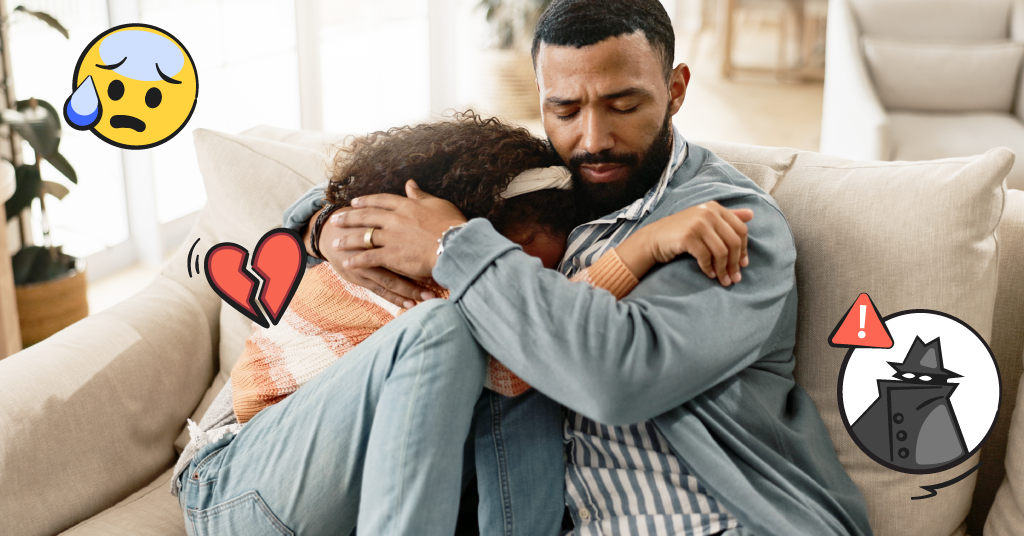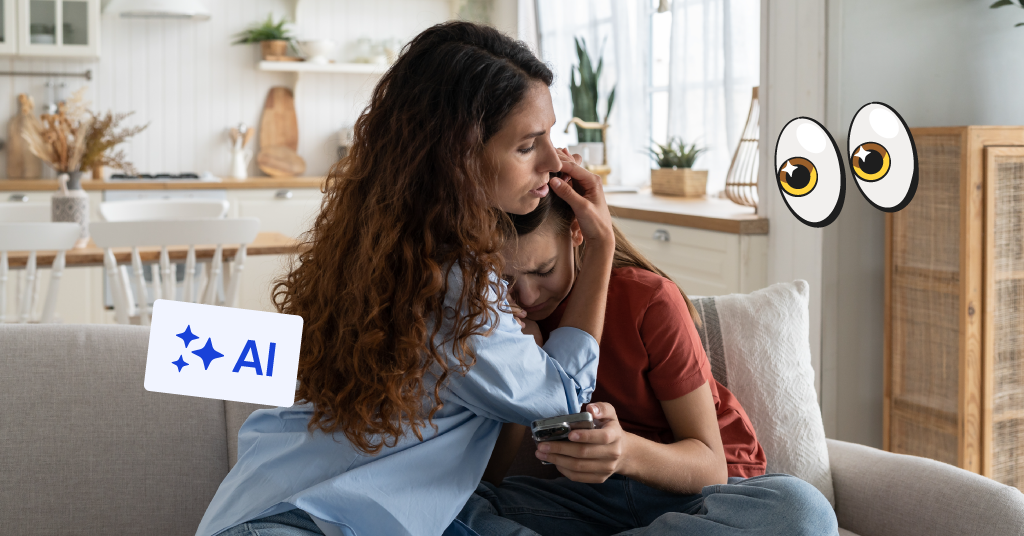
I will never forget the night I had to first confront this reality. I was putting my 9-year-old son to bed, and had asked a simple question: “What is the most interesting thing you saw today?”
He hesitated for a moment and then said quietly, “Dad, did you know that Superman and Wonder Woman sometimes take off their clothes?”
It was an innocent statement from him, but I knew there was so, so much behind those words. He had been exposed to adult material online, and as a father, it broke my heart.
Pornography is everywhere
Whether we like it or not, children today will be exposed to pornography. It’s not a matter of if, but when. Preparing yourself now instead of waiting until it happens will help you get ahead of the situation.
What to do when you find out your child’s been exposed to pornography online.
- Stay calm. How you react to finding out that your child has viewed porn will be remembered far more than the material itself. Have a conversation, not a shouting match.
- Be supportive, not scolding. Your child is probably unsure of how they feel about what they just witnessed. They may feel ashamed, or they may be curious. Understanding where your child is in terms of this content is key. As a parent, you want to be able to see through your child’s eyes. Being supportive is the only way to do this.
- Build trust while setting expectations. More than likely this is a journey and not a one-time experience. Let your child know how your family deals with this type of content. Fortunately, the relationship you have with your child is stronger than any content they’ve seen.
- Keep asking questions. Continuing the conversation over weeks, months, and years will be the best thing you can do. Check in from time to time, and don’t shy away when the subject arises. This way, an awkward situation turns into an opportunity to strengthen communication with your child.
- Put filtering and monitoring systems in place. Don’t just put your head in the sand. The same technology that causes problems can also create solutions. There are amazing tools out there that not only block content, but also let you know what your child is doing online. Put these in place now.
Our product helps parents monitor what their children are talking about online with their friends and posting across social media. With it, you receive alerts when potentially harmful or dangerous issues arise. We offer a for interested parents.
About the author
Matt McKee is Vice President of Strategic Partnerships at Bark, and the author of Parent Chat: The Technology Talk for Every Family. He’s passionate about helping families navigate the world of technology, and enabling kids to thrive throughout a digital adolescence.
Bark helps families manage and protect their children’s digital lives.






